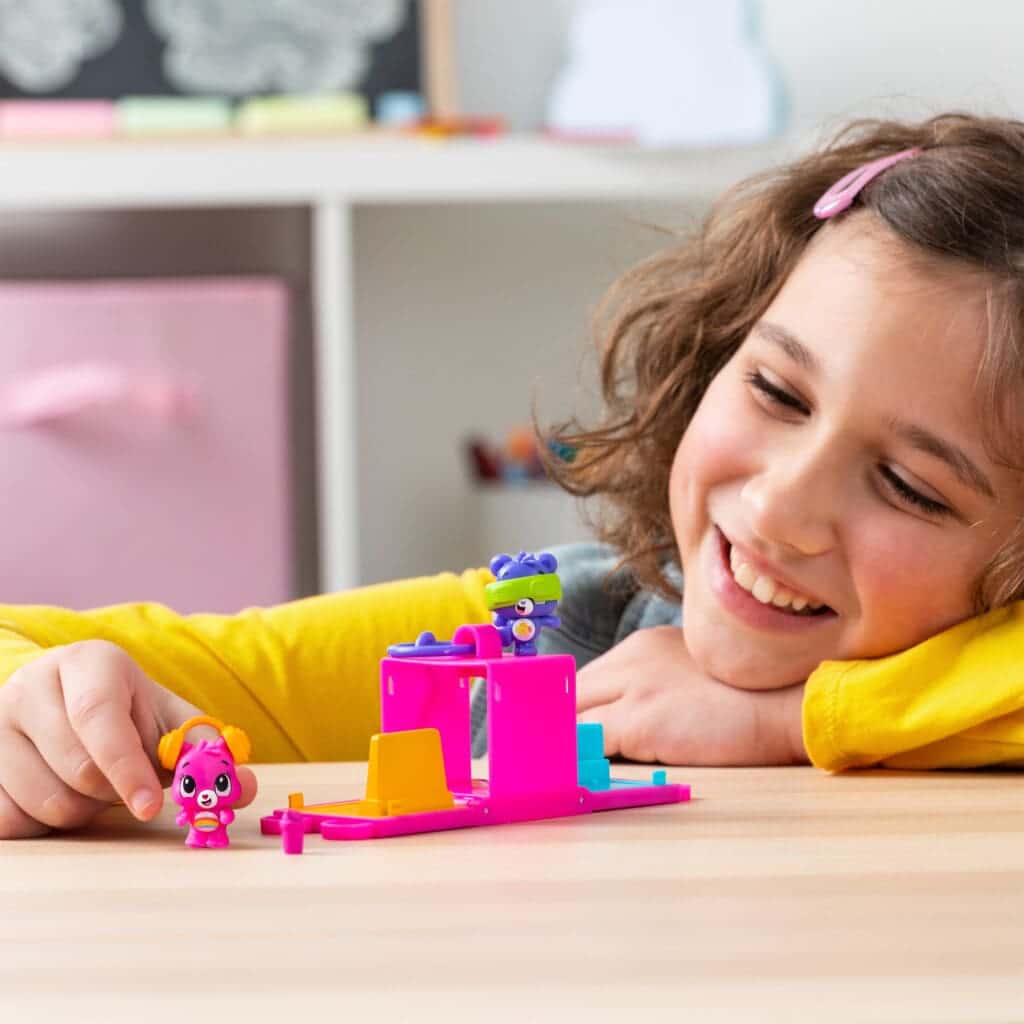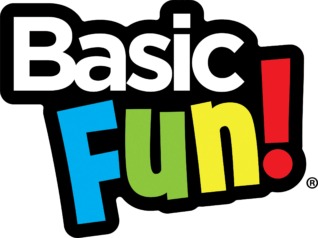
The Importance of Imaginative Play for Children’s Development
What is Imaginative Play?
Imaginative play, often referred to as pretend play or role-playing, is an integral part of a child’s early learning experiences. It involves children creating a world of their own, reenacting daily life scenarios, or even weaving completely fantastic tales using their toys, their environment, and, most importantly, their imagination.
Imaginative play transcends ordinary play as it encourages children to employ their creativity, abstract thinking, and problem-solving skills. This not only keeps them entertained but also stimulates their cognitive, social, and emotional development.

When Do Toddlers Start Imaginative Play?
Imaginative play usually kicks off during the toddler years, roughly around the age of two or three. At first, children might mimic everyday routines like feeding a doll or driving a toy car. As they grow older and their cognition advances, their imaginative play becomes more complex and abstract.
The Benefits of Imaginative Play
- Cognitive Development: Through imaginative play, children learn to think creatively and critically. They understand the world around them better, make connections, and develop their memory and concentration skills. According to the National Library of Medicine, Children learn many things naturally through games such as logic, emotional intelligence and even linguistic improvements.
- Social Skills: When children engage in imaginative play with peers, they learn essential social skills like sharing, cooperation, and empathy. They also understand the concept of rules and roles, thus gaining a deeper understanding of societal structures.
- Emotional Skills: Imaginative play allows children to express their feelings freely and understand different emotions. This can be a powerful tool for emotional regulation and understanding others’ perspectives.
- Language Development: As children create their own scenarios, they naturally expand their vocabulary and language skills. They learn to communicate their thoughts, ideas, and emotions effectively.


Some examples of imaginative play include:
- Children acting as superheroes saving the world from imaginary villains.
- Playing ‘house’, where they enact different roles like mother, father, or pet.
- Using building blocks to create their dream castle, or spaceship.
- Engaging in puppet shows, making up their own stories and characters.
- Organizing a pretend tea party with stuffed animals.
In each of these examples, children are learning, growing, and developing essential skills while having fun. They are flexing their imaginative muscles and learning to navigate their environment and relationships.
Our previous blog post, What Makes the Best Imaginative Play Toys?, delves into the qualities to look for when selecting toys to encourage this important form of play. Toys can be effective tools in promoting imaginative play, providing children with the materials they need to create their own unique narratives.
The value of imaginative play in a child’s development cannot be understated. It’s a critical aspect of their growth and an essential tool in preparing them for the challenges and wonders that lie ahead. By understanding the importance of imaginative play, we can provide our children with the opportunities and resources they need to explore, dream, and grow.
To help your child reap the benefits of imaginative play, take a look at the range of imaginative play toys on our website. From classic toys to new-age creations, we’ve got something to spark every child’s imagination. Imagination is the key to the endless world of play, and our goal is to unlock that world for every child. Let the play begin!




